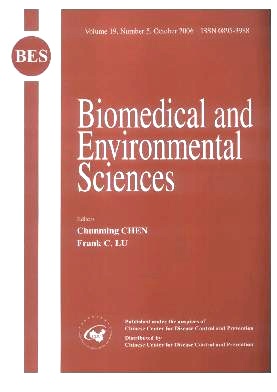Bone Marrow Stromal Cells Express Neural Phenotypes in vitro and Migrate in Brain After Transplantation in vivo
-
Key words:
- Bone marrow stromal cell /
- Cell transplantation /
- Differentiation /
- Neuron /
- Stem cell /
- Salvia miltiorrhiza
Abstract: Objective To investigate the differentiation of bone marrow stromal cells (BMSC) into neuron-like cells and to explore their potential use for neural transplantation. Methods BMSC from rats and adult humans were cultured in serum-containing media. Salvia miltiorrhiza was used to induce human BMSC (hBMSC) to differentiate. BMSC were identified with immunocytochemistry. Semi-quantitative RT-PCR was used to examine mRNA expression of neurofilamentl (NF1), nestin and neuron-specific enolase (NSE) in rat BMSC (rBMSC). Rat BMSC labelled by Hoschst33258 were transplanted into striatum of rats to trace migration and distribution. Results BMSC expressed NSE, NF1 and nestin mRNA, and NF1 mRNA and expression was increased with induction of Salvia miltiorrhiza. A small number of hBMSC were stained by anti-nestin, anti-GFAP and anti-S100. Salvia miltiorrhiza could induce hBMSC to differentiate into neuron-like cells.Some differentiated neuron-like cells, that expressed NSE, beta-tubulin and NF-200, showed typical neuron morphology, but some neuron-like cells also expressed alpha smooth muscle protein, making their neuron identification complicated. rBMSC could migrate and adapted in the host brains after being transplanted. Conclusion Bone marrow stromal cells could express phenotypes of neurons, and Salvia miltiorrhiza could induce hBMSC to differentiate into neuron-like cells. If BMSC could be converted into neurons instead of mesenchymal derivatives, they would be an abundant and accessible cellular source to treat a variety of neurological diseases.
| Citation: | LI-YE YANG, TIAN-HUA HUANG, LIAN MA. Bone Marrow Stromal Cells Express Neural Phenotypes in vitro and Migrate in Brain After Transplantation in vivo[J]. Biomedical and Environmental Sciences, 2006, 19(5): 329-335. |







 Quick Links
Quick Links
 DownLoad:
DownLoad: